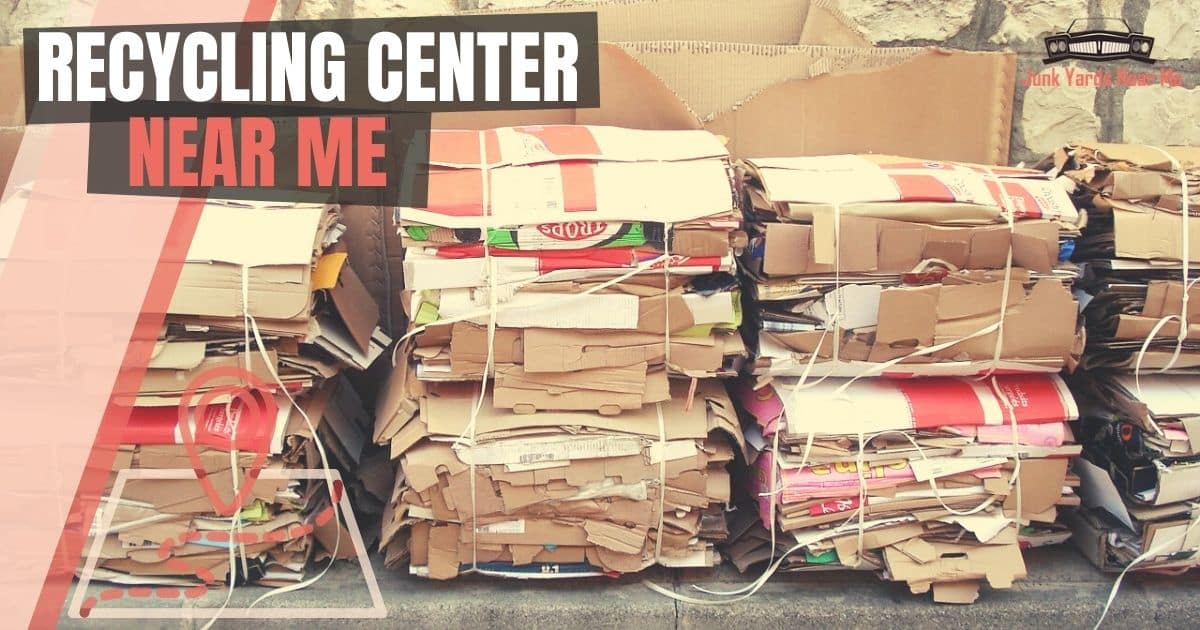
While it can be fixed, the money you’ll spend might not make it worth it, unless it’s near-new.ĭistorted colours. Certain TVs can start to lose their brightness but also their definition, making HD look like SD, or offer a patchy picture. Horizontal bar issues are often caused by magnetism, and can be easily fixed, but if your TV’s getting old, they’re often not worth the money to remedy.Ī fuzzy or fading screen. Not only is it difficult to fix, but chances are the number of dead pixels will grow once you get your first. For many people, there’s nothing quite as bad as a dead pixel on their screen: an immovable, unfixable black dot on everything you watch, spoiling every beautiful wide, colourful vista. However, there are four key issues to look out for if you think yours is on its way out:ĭead pixels. Based on its backlight at maximum brightness, it’ll last between five and seven years top-end units might give you a couple more years, with average use. Nowadays, the standard unit is the LED TV.

:max_bytes(150000):strip_icc()/GettyImages-144725436-57c493183df78cc16ec319d1.jpg)
#Tv recycle near me tv#
If you still own a plasma TV – one of the earliest “modern” HD units – you should throw it out on principle, given how bad it is for your electricity bill that’s if it hasn’t already burned permanent colours into the screen. The days of CRT TVs – those boxy units that are as deep as they are wide or tall – are dead and buried, and are most likely a fire risk in the 2020s.

When it comes to televisions, it’s all about the technology you have.


 0 kommentar(er)
0 kommentar(er)
